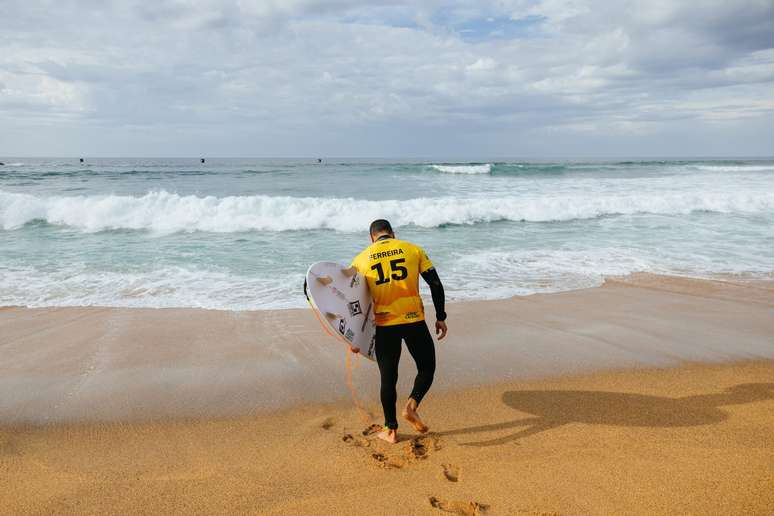The physical education teacher points out how cycling can be beneficial for health and gives important tips for those who want to start cycling

The bicycle, or “skinny” as it is popularly known, has been part of our life since childhood, when it was accompanied by support wheels. Currently, more and more cycle paths are being implemented in urban centers, encouraging cycling among the population.
How to enjoy the benefits of cycling
“All exercise has positive health responses. If cycling is prescribed correctly for a particular practitioner, it will exhibit good health outcomes. It is predominantly aerobic, so it benefits the cardiovascular system, reflecting improvements in physical fitness,” he evaluates. the teacher of the Physical Education course at Estácio, Luiz Guilherme da Silva Telles.
He claims that cycling can become a healthy sport, as long as it is practiced regularly at least three times a week. “Often the amateur cyclist is wrong on the issue of training, which is a system for improving his physical fitness. If the amateur cyclist goes out to pedal only on the weekend, he will not gain conditioning. Once a week, he cannot generate satisfactory adaptations to improve physical fitness “, he reiterates.
The Master in Physical Education comments that those who practice cycling can achieve satisfactory results in reducing body fat, as well as obtaining a moderate increase in muscle mass. For this, however, it depends on the training that the individual does in the lower limbs (thighs, buttocks and calves).
“Since it is a predominantly aerobic activity, it is not the most recommended for gaining muscle mass, but it can be a complement to bodybuilding for those who want a more satisfying aesthetic result,” he points out.
Advice for those who want to start
For those who want to start cycling, both as amateurs and professionals, the teacher of the Estácio recommends that you undergo an assessment with a professional in the cycling sector.If you want to start, but do not have an orientation, it is important to seek a professional, because it will show you the right way to start, start low and progress gradually until you reach an adequate weekly mileage “, he justifies.
Depending on the purpose of the training, this mileage changes a lot. Luiz Guilherme explains that amateur athletes have an average mileage of 70 kilometers per week, while professionals can go up to 400 kilometers per week.
As for the contraindications, the Estácio professor says there are few. “The most important thing is to do an evaluation with a physician and physical education professional, primarily to map their cardiovascular and orthopedic health. Exercise prescription,” he points out.
The specialist adds that a more targeted assessment is also necessary, in order to verify that the person has no injuries to the hip, spine or knee, and that he can perform repetitive movements, even if cycling does not have as much impact. “In this case there is a need for strengthening, for rehabilitation, before the person begins this practice with greater safety”, she concludes.
Source: Terra
Benjamin Smith is a fashion journalist and author at Gossipify, known for his coverage of the latest fashion trends and industry insights. He writes about clothing, shoes, accessories, and runway shows, providing in-depth analysis and unique perspectives. He’s respected for his ability to spot emerging designers and trends, and for providing practical fashion advice to readers.







![Such an excellent sun in advance: Friday, summarizing the episode of April 25, 2025 [SPOILERS] Such an excellent sun in advance: Friday, summarizing the episode of April 25, 2025 [SPOILERS]](https://fr.web.img4.acsta.net/img/c3/38/c338bb4789bcf1fafb9c0b115c45859e.png)
